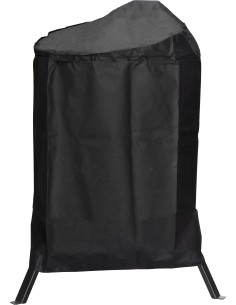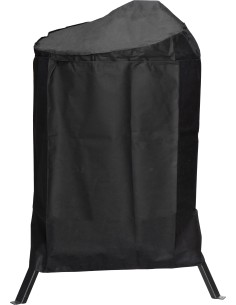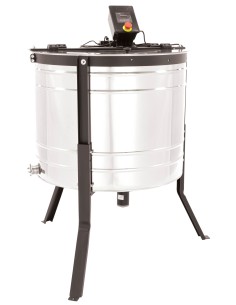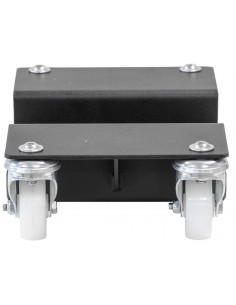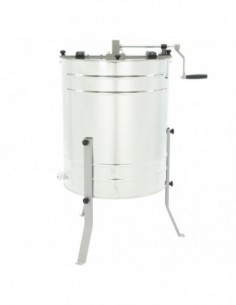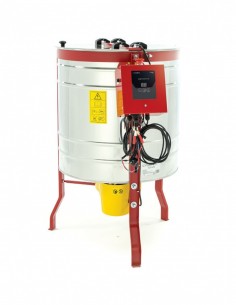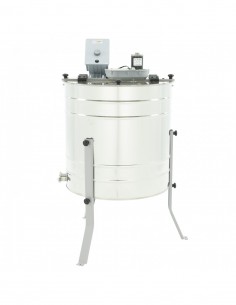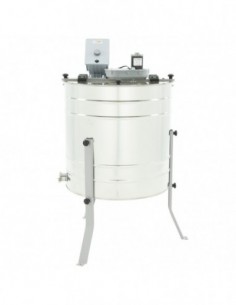Categories
Honey extractors
Honey harvest is undoubtedly the most rewarding time in every beekeeper's work. Regardless of whether you are an experienced industrial beekeeper or just beginning your adventure in this industry - the wide range of products offered by Lyson company will allow you to choose a honey extractor that perfectly suits your needs. Among the beekeeping equipment we manufacture, you will find diagonal, radial and cassette honey extractors with different types of power supply or capacity. Check out Lyson's range of beekeeping equipment and discover that honey harvesting has never been easier!
A brief history of the honey extractor
The inventor of the honey extractor was Czech František Hruška, who in 1865 presented his innovative device in Brno. It held only one honeycomb and differed significantly from the current design, but still aroused admiration and interest among the participants of the 14th congress of Austrian, German and Hungarian beekeepers. Most interesting was the ability to recover the combs after the honey was spun from them. This is because until now this element was destroyed during honey harvesting. In the following years, the inventor improved his design until it gained the shape and design of today's honey extractors.
Types of honey extractors. Which equipment to choose?
Starting the adventure of beekeeping for good, sooner or later we face the need to purchase a honey extractor. The device for extracting honey will facilitate the extraction of raw material and save a lot of time, which in the beekeeping industry is extremely valuable. During the peak season, the beekeeper's work reaches up to a dozen hours a day. The first choice we will have to make is the drive for our device. A traditional manual extractor or perhaps a more technically advanced electric drive? This dilemma is resolved primarily by information about the availability of electricity in the beekeeping workshop. Sometimes the ideal choice turns out to be a manual-electric honey extractor. Most of them have both 230V and 12V power supply, so that it can also be driven by a battery. In itinerant apiaries, this is usually the only option. When, because of the traditional approach to beekeeping, you decide to buy a manual honey extractor - over time, when you want to speed up honey harvesting, you can easily retrofit the device with an electric drive for the extractor. Its installation is very simple.
Capacity of honey extractors and their design.
Today the choice of honey extractors on the market is quite large, but the vast majority of them are based on the same mechanisms of operation. Each extractor consists of a tank, into which the spun honey goes, and a frame rotor, which rotates on an axis located in the center of the tank. The drums of all Lyson brand honey extractors are made of durable 0H18N9 acid-resistant stainless steel, which is neutral and does not alter the taste values of the centrifuged honey. It is also a material certified by the hygienic certificate. At the bottom of the honeycomb tank there is a tap, which is used to pour out the centrifuged honey.
The simplest tangential honey extractors require manual rotation of the frames in order to centrifuge the honey from the other side. Electrically driven cassette honey extractors allow you to obtain honey without rotating the frames. Radial honey extractors, on the other hand, allow honey to be spun from both sides of the comb simultaneously.
Our company's honey machines come in three standards: Minima, Optima, Classic and Premium.
We are also the manufacturer of an innovative honey extractor for people with disabilities, for which we received a gold medal at Apimondia in Montreal.
Honey extractors are some of the most frequently purchased equipment for beekeeping. Customers of the Lyson store appreciate the high quality and their trouble-free operation even with intensive use during the peak season. Each device is covered by a warranty.
